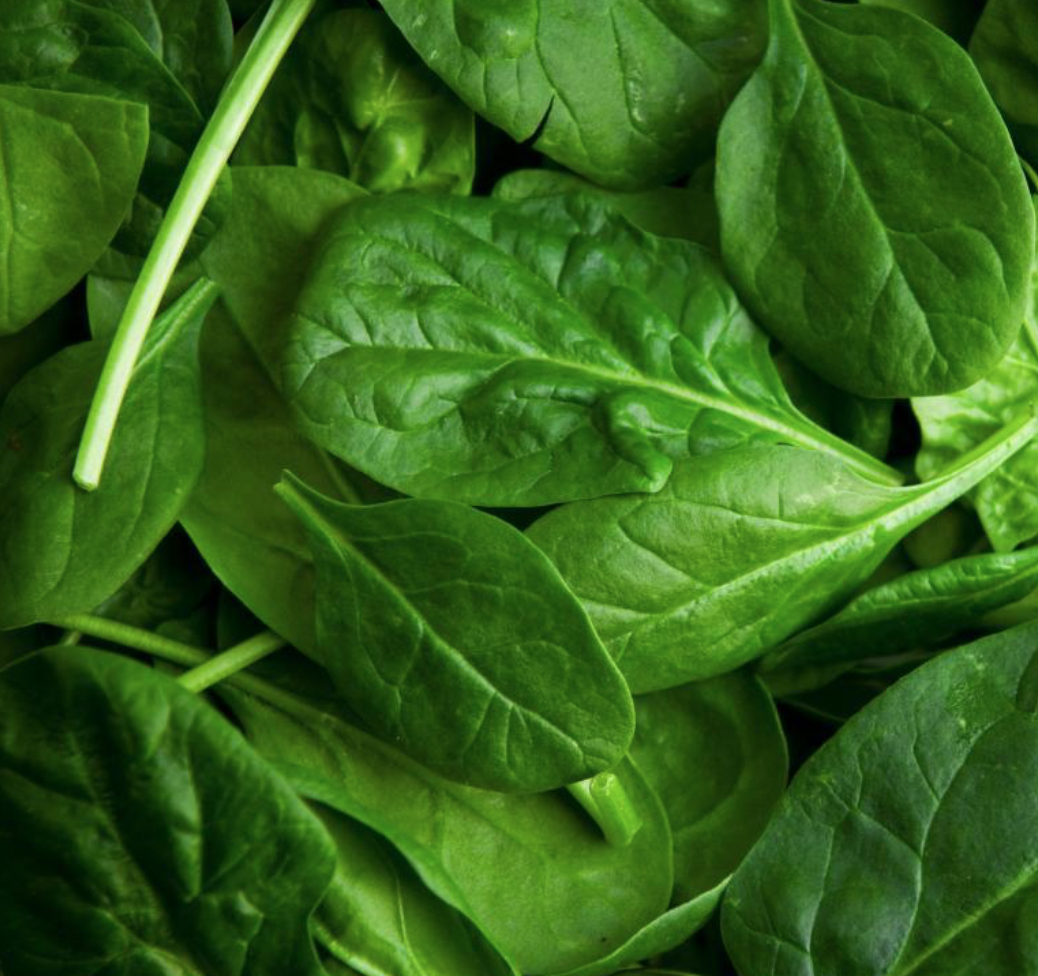Researchers Have Found a Way For Spinach To Send Us Emails, And It Could Help Solve Climate Change

You read that right – scientists are now in communication with spinach. Yes, the leafy green plant that so many children struggle to stomach has recently been gifted the ability to send emails, but maybe not in the way you would expect.
MIT researchers have engineered the roots of spinach plants to contain nanosensors, capable of detecting explosives and man-man chemicals. When detected, these sensors send a signal to an infrared camera that then shoots out an email alert.
Ok, so maybe spinach isn’t sending emails asking about our day, but this ability to utilize the natural sensitivity of plants to detect harmful compounds is an incredible step towards a more informed world. Breaking this “plant/human” communication barrier is one way scientists might actually be able to track and attempt to mitigate climate change.
“Plants are very good analytical chemists,” explains Professor Michael Strano, who led the research, in a statement to EuroNews. “They have an extensive root network in the soil, are constantly sampling groundwater, and have a way to self-power the transport of that water up into the leaves.”
Plants are capable of knowing environmental changes much earlier than humans. They can predict if there is going to be a drought and, even more amazingly, can detect even the smallest changes in soil or water properties. Being able to harness this ability and have plants send alerts about potentially dangerous changes might give us an edge over drastic climate changes before they occur.
So, even though spinach might not be emailing us in the way we would expect, this plant is working to bring us one step closer to a healthier world.


 Previous
Previous
